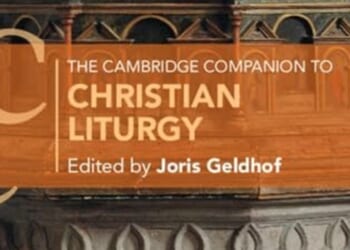NORMALLY, I urge people to read the original of the stories that I quote from. This week, I would urge you not to. The bits I’m going to quote are horrible enough. They come from a piece in Harper’s Magazine by Daniel Kolitz about an internet subculture, the “Gooners”, in which sex has been reduced to absolute and all-consuming meaninglessness.
He starts from the observation that, “In the span of about five years earlier this century, virtually every child in the developed world was granted instant, unrestricted access not merely to hardcore pornography but to some of the most extreme examples of it ever produced in human history.”
Kolitz talks to one dedicated gooner, who calls himself “Spishak” and had posted a picture of his set-up on Reddit. “I counted twenty-seven separate pornographic videos playing simultaneously in the image he’d posted, accompanied by detailed technical specs — eight tablets, three twenty-seven-inch monitors — for other at-home tinkerers. (Unfortunately for Spishak, he has to reassemble this setup every time he gets the urge and disassemble it directly afterward, at least until he moves out of his parents’ home.)”. Spishak is 28.
“It turns out that what most frightens [him] about sex [which he has never attempted with another person] is the impossibility of ever knowing what’s really going on in your partner’s (or anyone else’s) head. What if she’s bored by what Spishak’s doing but too polite to tell him? Worse: What if she’s uncomfortable with the entire situation? How could Spishak possibly know? ‘I just feel like it’s exhausting,’ he says. ‘For both parties.’”
So, the ’60s dream of complete sexual liberation ends up as a life sentence in a prison of absolute solipsism.
ON TO more cheerful things. In The Times, there was a charming reminiscence of the Archbishop-designate of Canterbury, the Rt Revd Sarah Mullally, as an earnest young Christian student. The piece was by Jack Guinness, whose father was then her vicar: “The Archbishop of Canterbury was my ‘au pair’. That’s quite possibly the first time in human history that sentence has been written. Growing up, we weren’t rich or posh enough to have a traditional au pair, so let’s just say that the Most Rev Sarah Mullally helped to look after me and my siblings at the time of my birth. She was one of the first people I met, visiting me in hospital on my second day on the planet.
“My mother remembers that ‘Sarah was a very reliable, safe pair of hands for anything she did in the parish, and then when I realised that I needed help with you all when you were born, and Sarah was on summer vacation, I asked her to help out. She was a nurse and was just the obvious choice.’”
This is interesting: the Church is to be led by a representative of the women who just get on with it, and without whom it wouldn’t get done. It makes a change from all those men who were expected to perform heroics.
DR SCOTT ALEXANDER is a San Francisco Bay Area psychologist, who writes exhaustively researched blog posts at exhausting length. When he trained his attention on the miracle of Fatima, he wrote 30,000 words. The sun zooming and spinning in the sky was seen by thousands of people. Had the actual physical sun behaved like that, all life on earth would have been extinguished; so we can be confident that the pilgrims were the beneficiaries of some kind of hallucination. But what kind and why?
Dr Alexander discovered that there is a Buddhist practice that produces in mediators, after extensive training, effects very similar to those seen spontaneously at Fatima. The adept stares at a candle flame until it produces an after-image on the retina; this, then, becomes the object of meditation. One manual suggests that “If you are using a candle flame and its subsequent red dot as image, it will tend to gain green, blue, and purple rings around it with intricate yellow rapidly moving fine complex lines in the middle that shift and spin at high speed” — a description unnervingly similar to what the pilgrims see.
Both Buddhists and Christians see these perceptual artefacts as a glimpse of a much deeper reality, but the messages that they receive from their glimpses could not be more different. For the Buddhist, it is the bleak but somehow comforting certainty that this world is all an illusion; for the Christian, the often comfortless assurance that it will all, in the end, be redeemed — even poor Spishak.

















